
Statistics estimate that one in ten people are affected by endometriosis worldwide. This turns out to be a whopping approximately 176 million women, yet there still isn’t a whole lot known about the condition – or more specifically, it still takes a long time for the medical field to take people’s pain seriously and give an accurate diagnosis so symptom management can start.
Endometriosis is a chronic condition in which the endometrial lining which is often found inside the uterus that’s shed off during menstruation grows outside the uterus. This causes a host of symptoms, one of the most common being painful periods, cramps, and hard-to-manage symptoms that don’t stop when menstruation stops, as well as making it hard to conceive.
If you’re wondering if symptoms you’ve been dealing with might be endometriosis or there’s someone in your life who has been diagnosed and you want to support them, here are some things most people don’t know about endo.
Unless you experience pain from endometriosis, it’s hard to convey just how debilitating it is
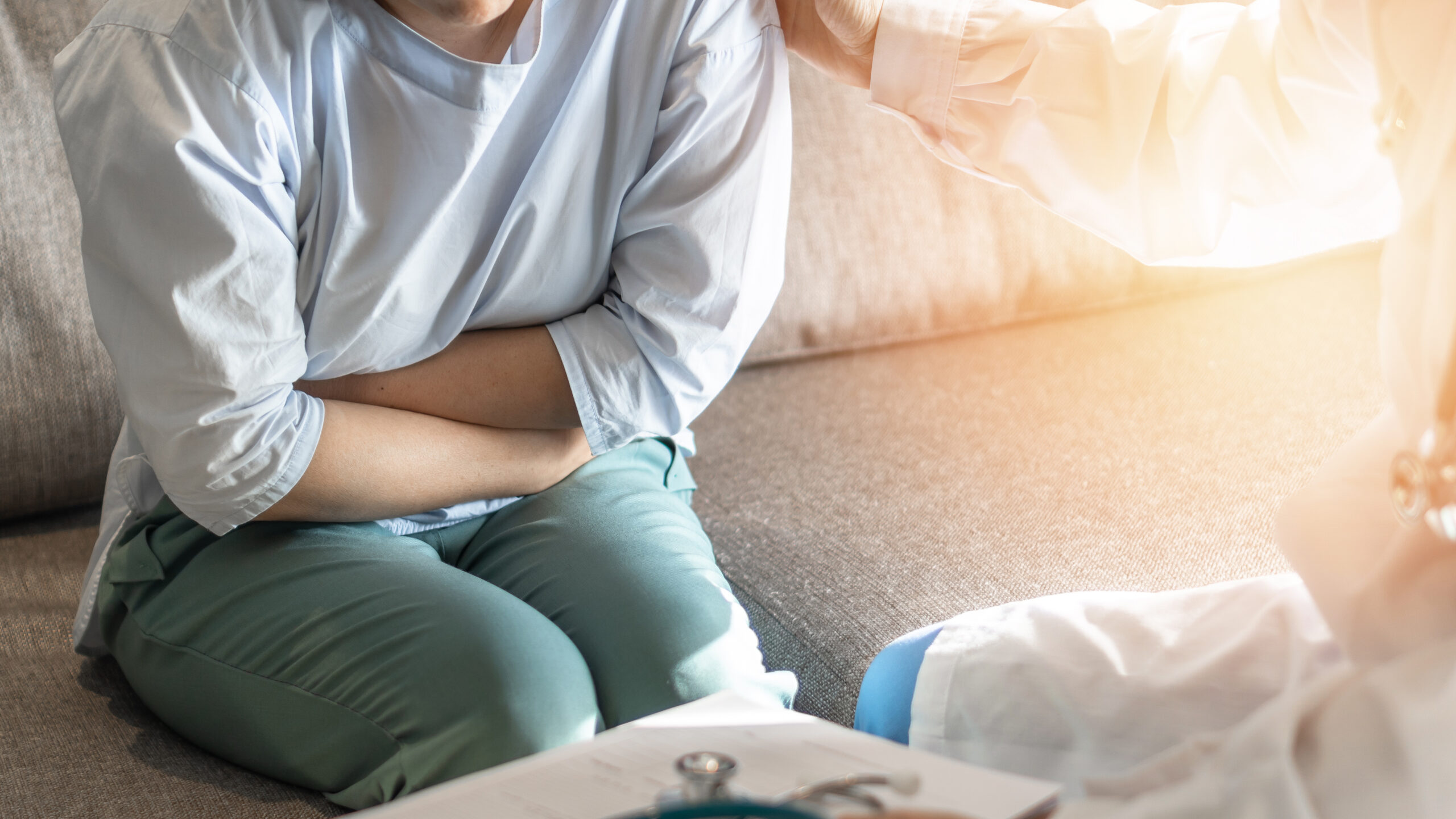
Most people understand endometriosis to come with some pain – commonly felt in the pelvic area. A lot of menstruating people experience cramps, but those would be mild compared to endo pain. It’s typically described as pain that’s far worse than typical or expected. And with endo pain, it can increase over time and get worse, not easier.
Symptoms don’t only happen during menstruation
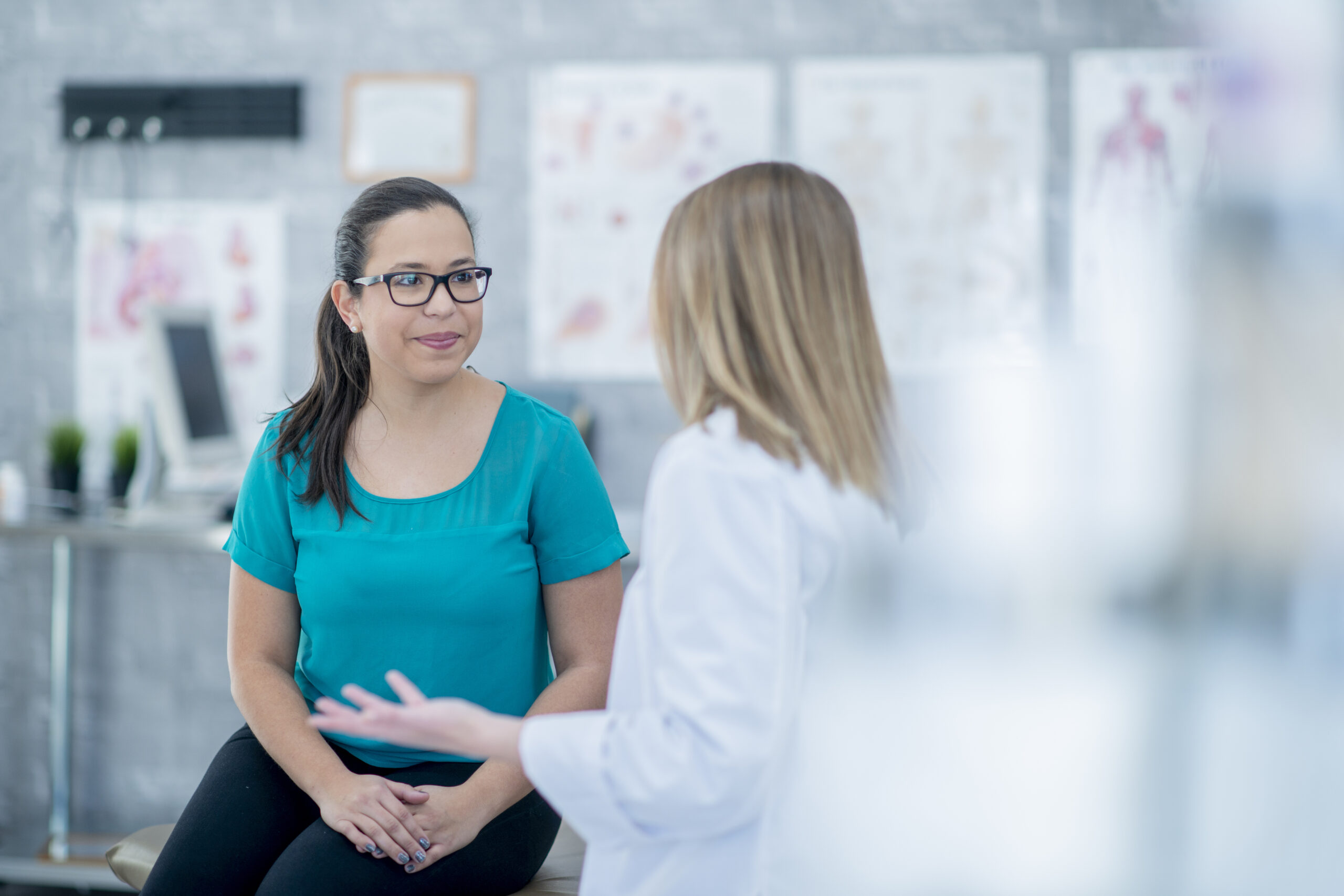
We all know those menstrual cramps come one or two days before our period begins and maybe for a day or two at the start, too. But for people with endometriosis, pain related to the condition isn’t confined to those typical two days to a week of menstruation. Some of the additional symptoms beyond cramps can happen during sex or using the washroom, too.
Symptoms are more than just pain during periods
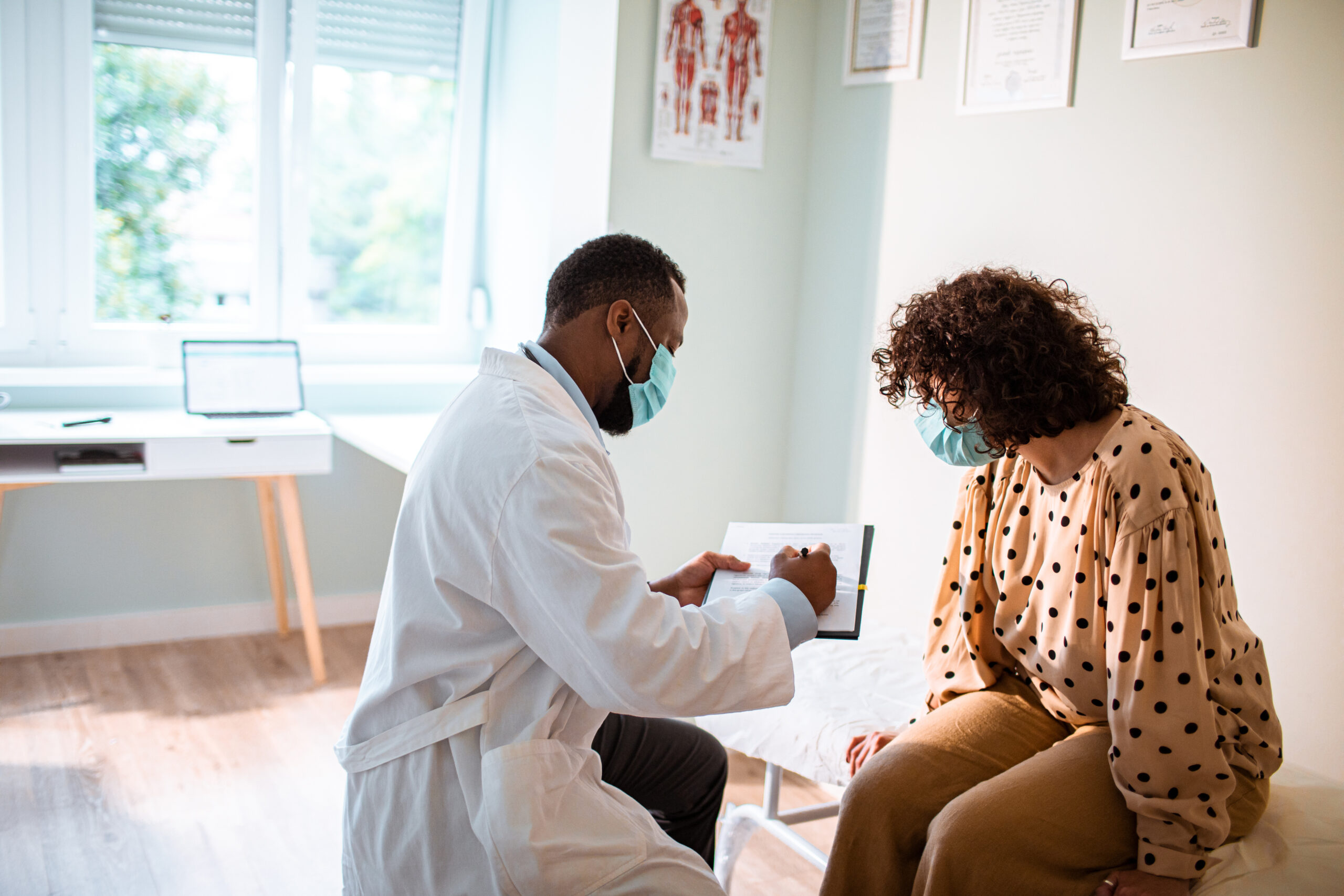
Most people could probably explain that periods are often more painful for someone who has endometriosis. However, there are other symptoms that can be debilitating too. This includes pain during sex, lower back pain, constipation, diarrhea, nausea, painful urination, painful bowel movements, and infertility.
Treating symptoms is often a lot of trial-and-error
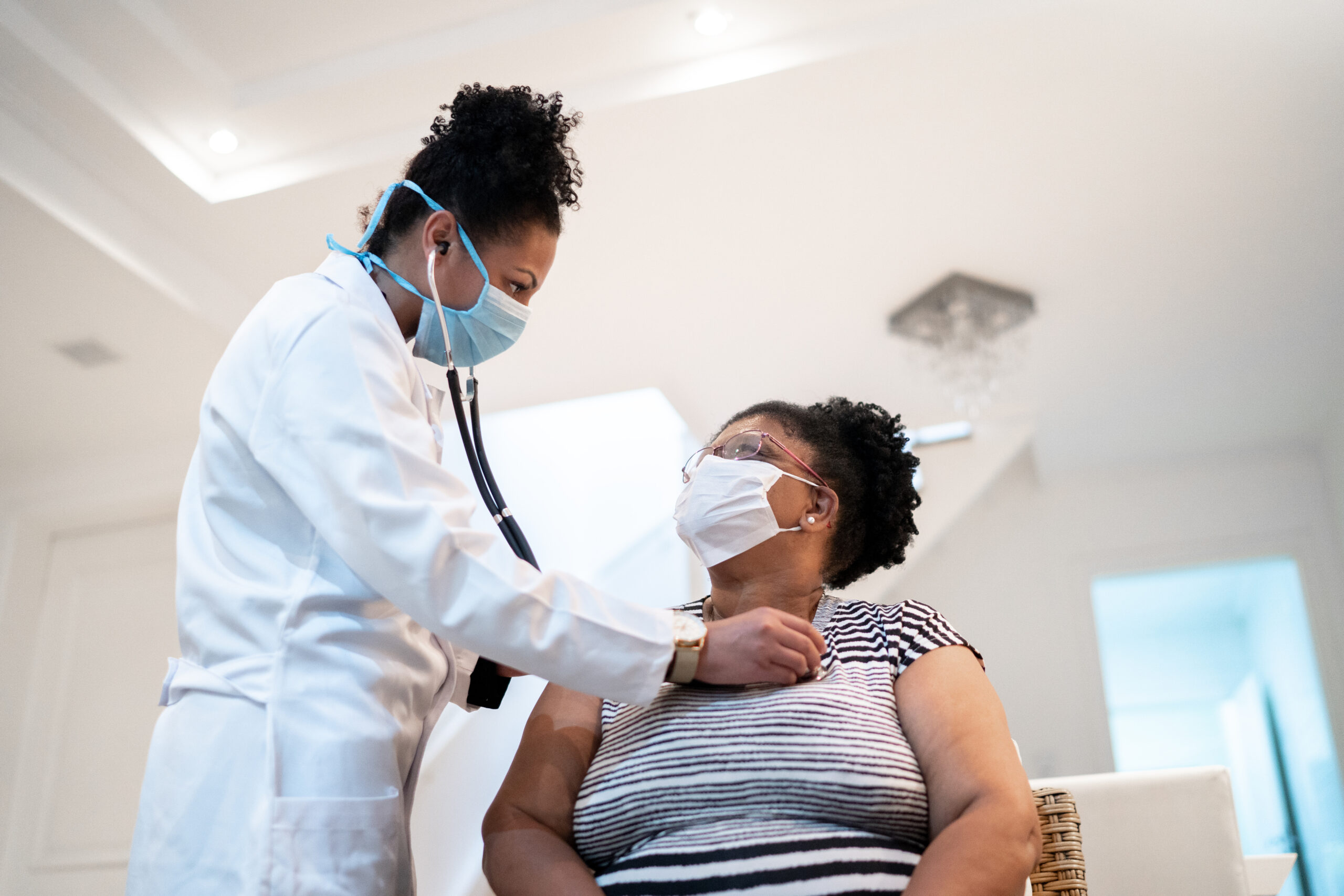
Since the condition can impact different people differently, trying to find a management plan that works to curb endometrosis symptoms is very individual. There's over-the-counter type of help like heating pads, warm baths, reducing stress, and planning the calendar around the hardest days. Also there are medications that can help regulate hormones, inflammation, and pain, and some surgical options as well. The point is there's not one-size-fits all solution to endo.
Endometriosis can occur outside just the pelvic area

We know that endo is when tissue similar to what is usually lining the inside of the uterus grows outside the uterus. Some common places it can occur include the bladder and the fallopian tubes but the condition isn’t contained to just the pelvic region. It’s also been found in the intestines and the lungs – but it can occur anywhere in the body.
Endometriosis is a common factor in infertility
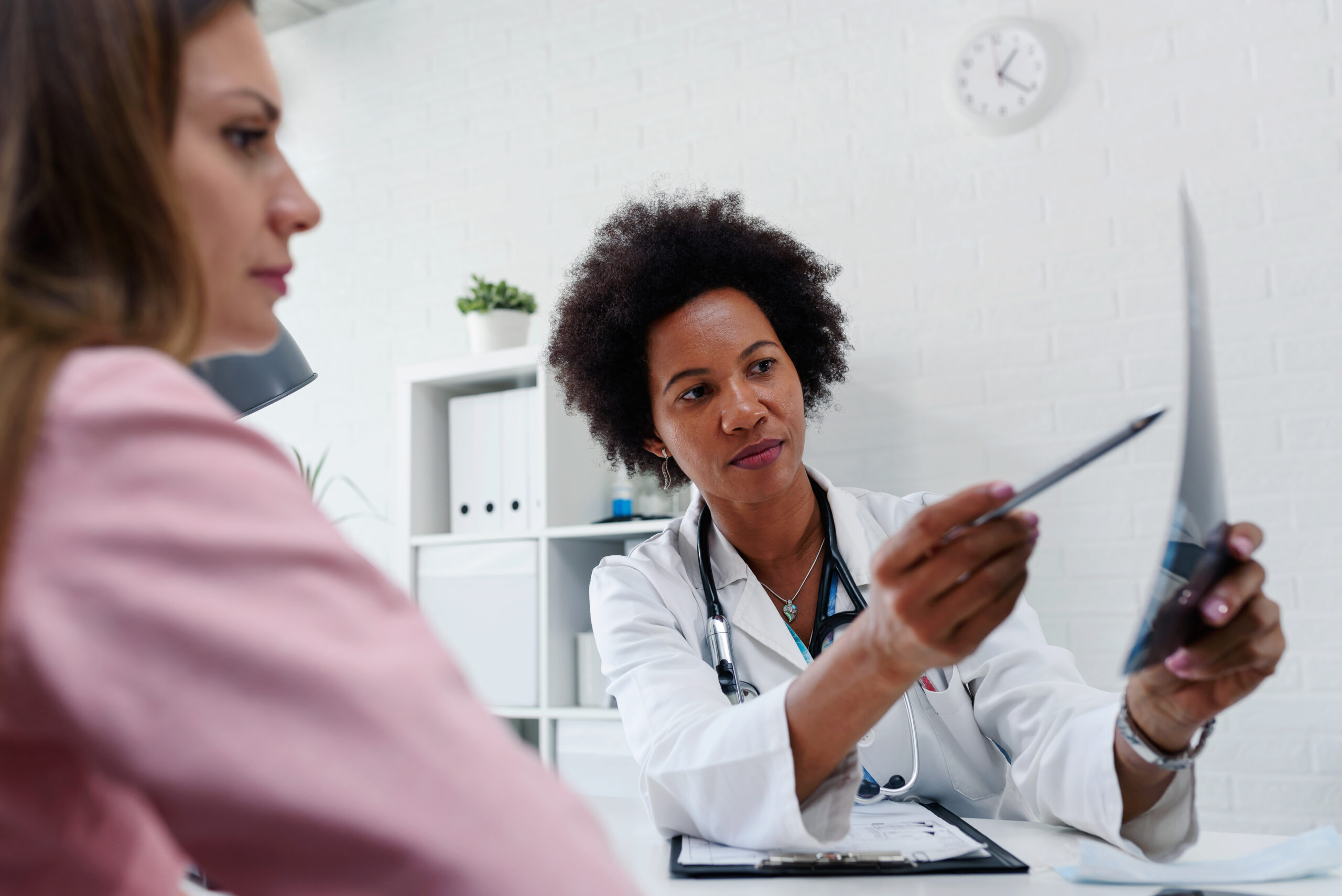
Some studies have shown that when it comes to endometriosis, 30 to 50 percent of people with the condition may also have difficultly getting pregnant. Infertility is one of the largest complications that come with endo because scar tissue that comes with the condition makes it challenging to get or stay pregnant. However, it’s not a guarantee that pregnancy will have challenges.
Pregnancy doesn’t cure endo
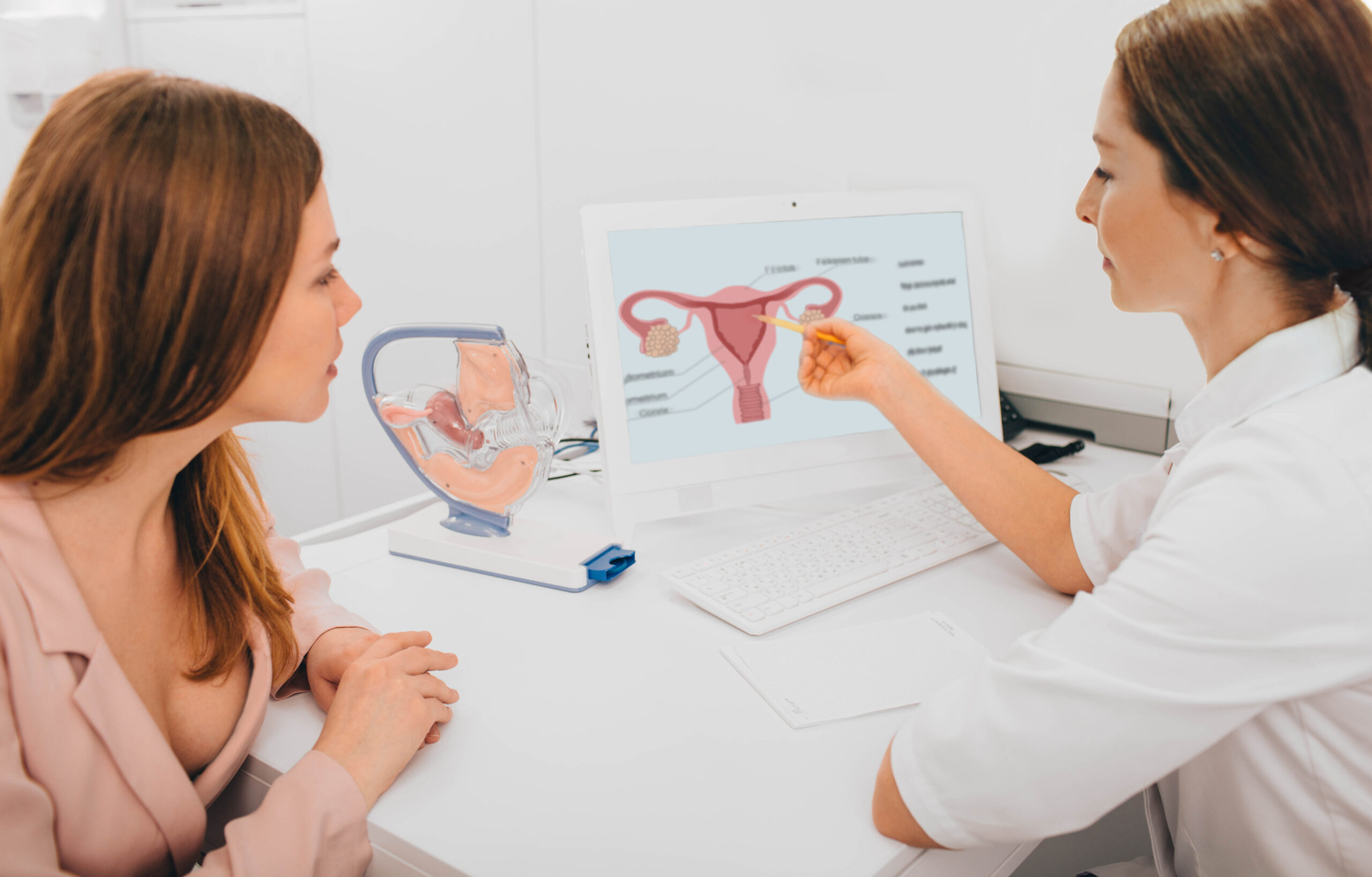
There are some people who think that getting pregnant will help "cure" endometriosis pain and while there’s a chance some of the symptoms might be more manageable during pregnancy, it’s not a guarantee that it’s going to stay away for good.
There was one small study that involved 345 people diagnosed with endo that found a recurrence was lower in those that gave birth vaginally compared to those who had a c-section. The theory on why is because the cervix was stretched which aids in menstrual flow. However, that’s one small study and it hasn’t held true across the board.
Endo isn’t the same for every person, and symptoms can very greatly
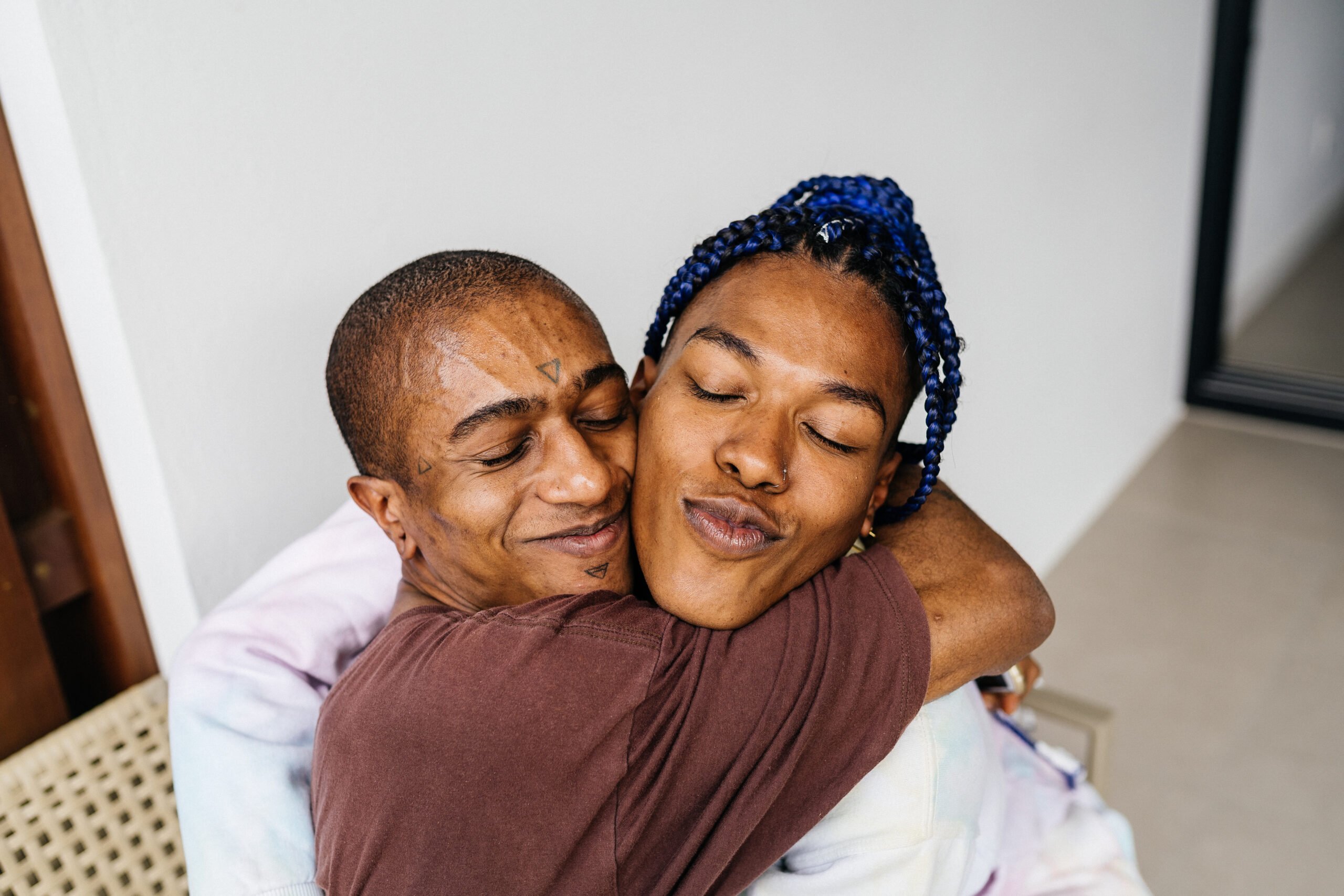
For some people with endometriosis, their pain is managed well with medication and other things while others use every trick in the toolbox, and nothing seems to work. The same things hold true for symptoms outside the menstruation time – some people report debilitating symptoms all the time while others don’t find that’s the case with them. It’s important to understand that those with more difficult symptoms aren’t being dramatic – every person is different.
It can take a frustratingly long time to get diagnosed
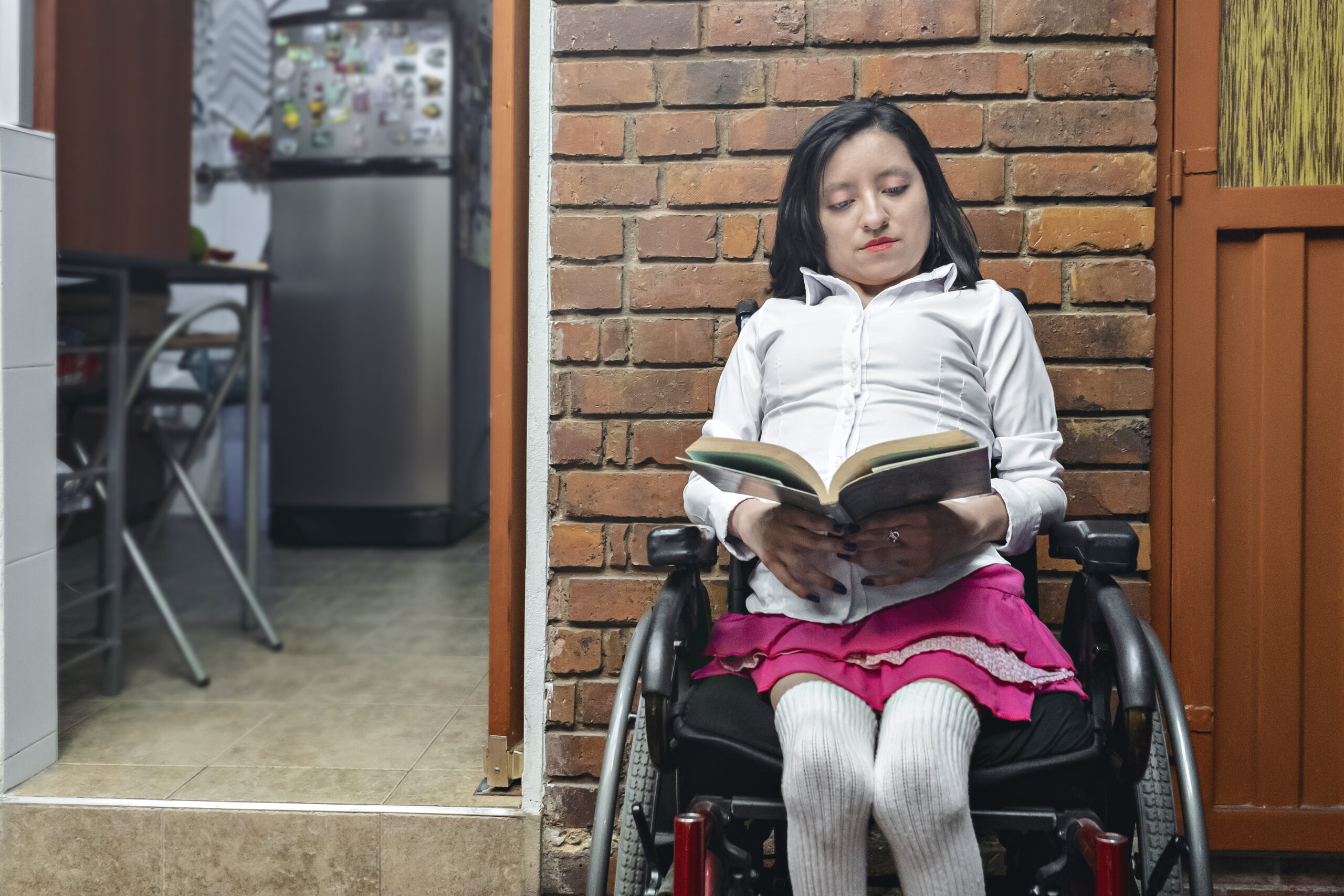
Studies have shown that people who deal with endometriosis-like symptoms have to wait an average seven-and-a-half years before getting a diagnosis of endometriosis from clinicians. That’s the average, though people who started to exhibit signs earlier tend to have longer wait periods for diagnosis – some as long as a decade before their pain and symptoms are given a name. And a lot of times it's people who are trying to live with their symptoms that bring up the possibility of this being the diagnosis to their care team.
It’s hard to find a care provider who’s knowledgeable in endometriosis
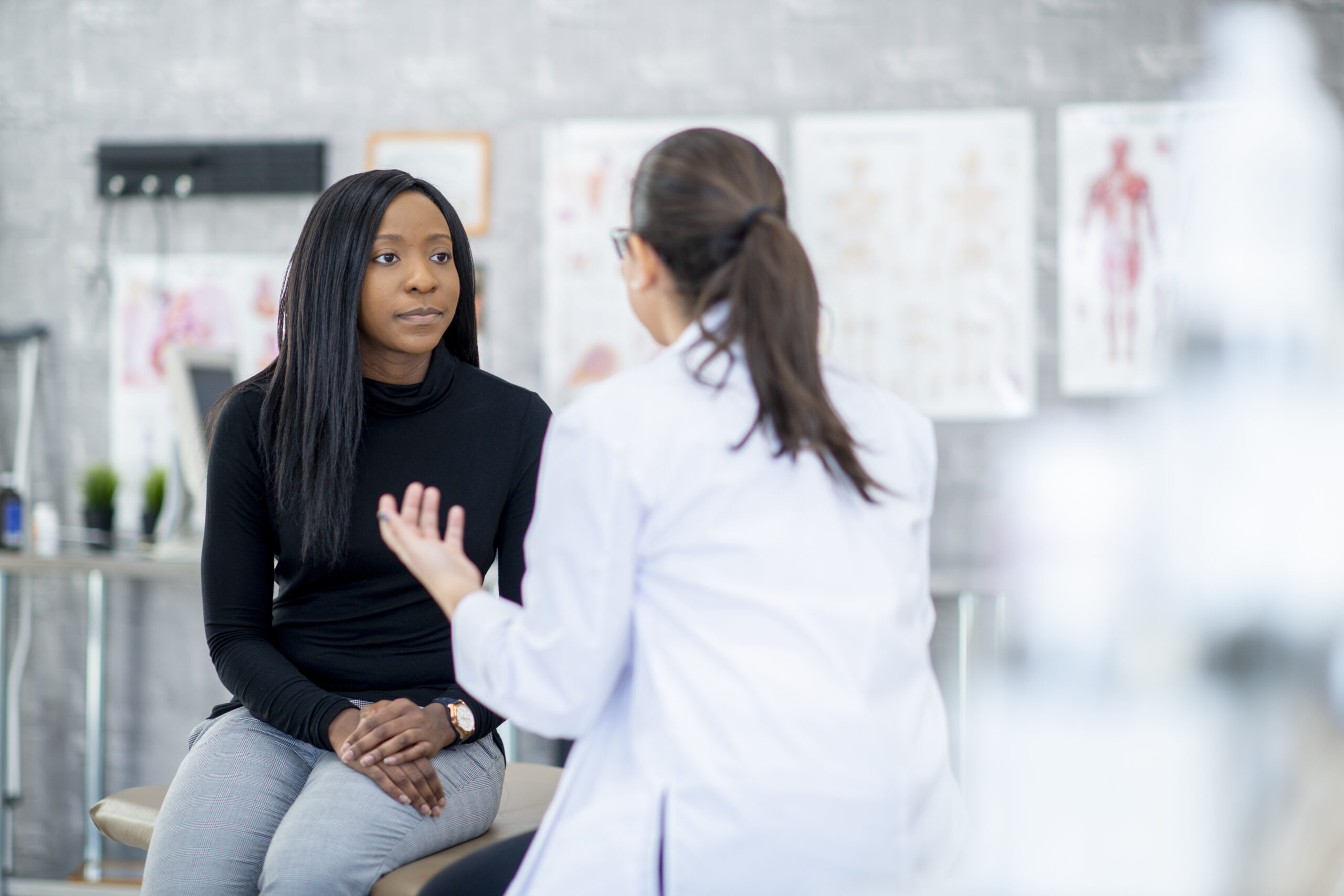
Endometriosis doesn’t have a specialized doctor who is extra knowledgeable in the condition though most people see their OB-GYN to try and get diagnosed and a care plan put in place. However, it’s not easy to find doctors who know this stuff inside and out, which means there might be a lot of second and third opinions in trying to find a doctor willing to investigate why periods are so heavy and painful – including symptoms that happen outside the menstruation window.
Endometriosis is thought to have a genetic predisposition
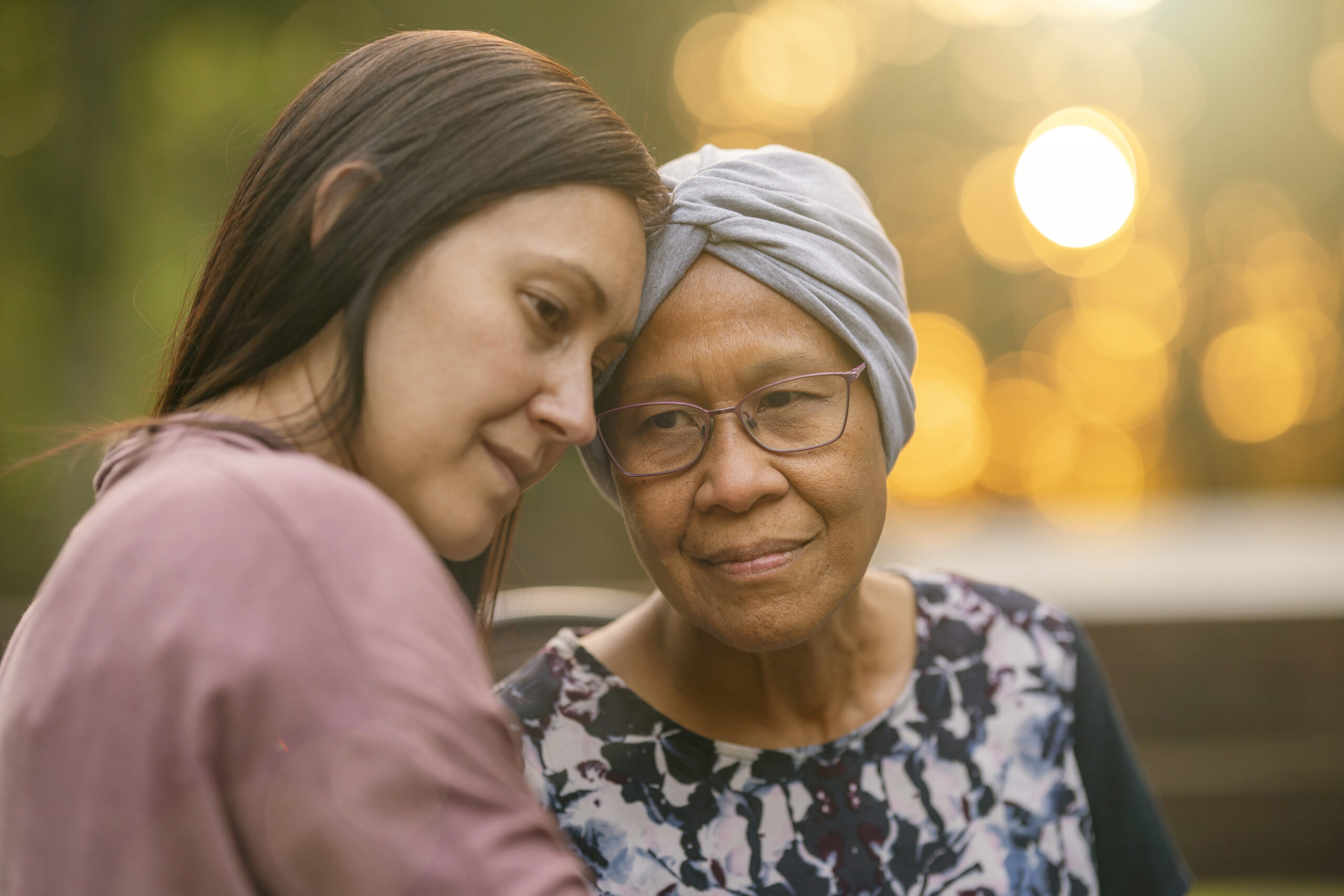
Even though endometriosis impacts so many people, there’s not a whole lot of research into the condition. Some newer studies are finding things that point to the potential of a genetic link with some results showing the disorder “clusters” within a family, which is especially true when looking at first-degree relatives like daughter, sister, or mom.
Menopause isn’t a guaranteed end to endo
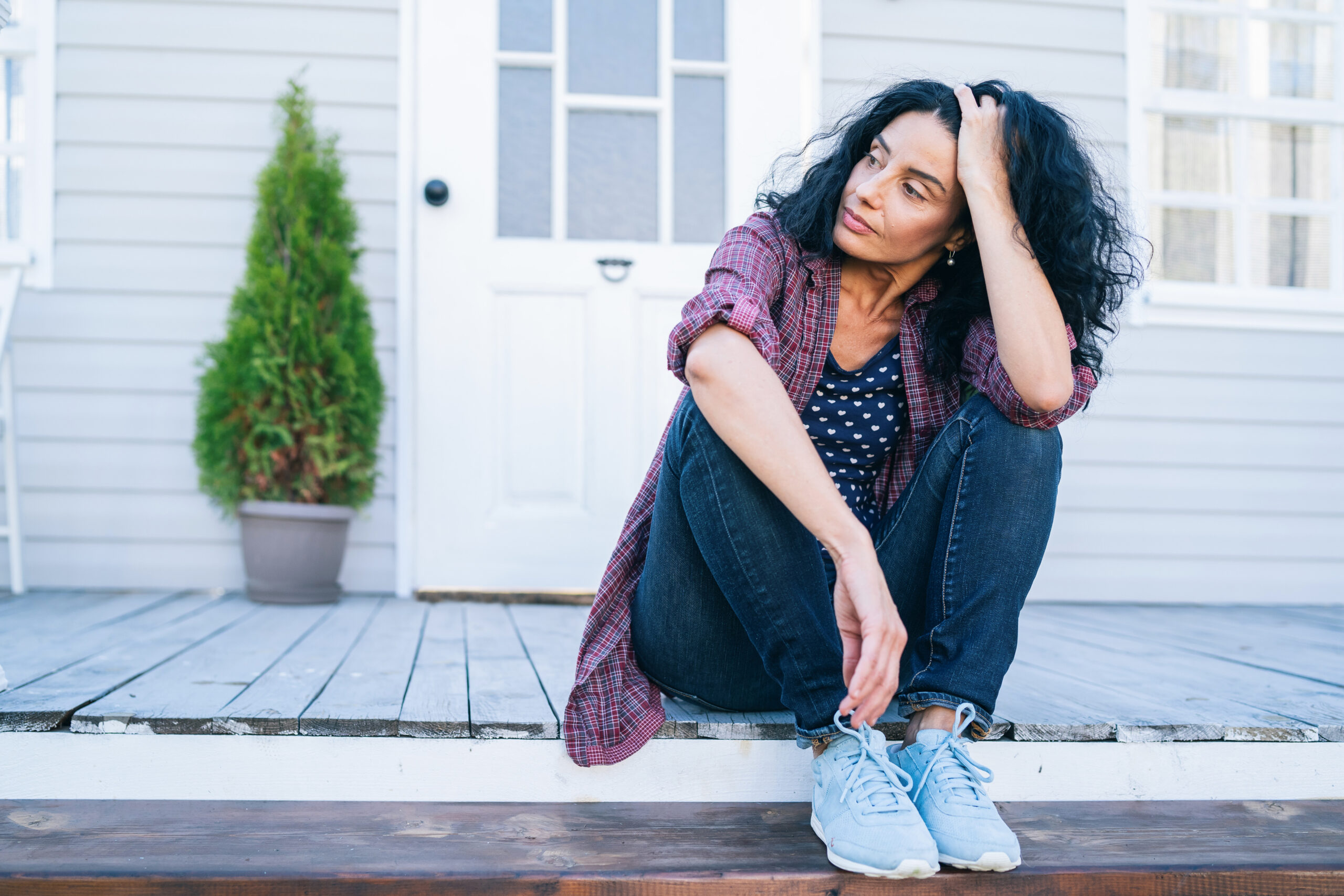
Most understand that endometriosis is tied to the estrogen hormone, and when our bodies make less of the hormone after menopause, we’d assume that means the end of endo, but that’s not always the case.
“Some women continue to experience endo symptoms as they approach natural menopause and move into their postmenopausal years,” the Endometriosis Association explains. “Since endo is a disease that affects the digestive and immune systems, as well as the reproductive system, you may find that you still experience problems or even develop new problems with your bowels or with your immune system, like asthma or allergies.”
A hysterectomy isn’t a cure for endometriosis

So just like menopause or pregnancy doesn’t cure endo, the same is true for those who have their uterus removed via hysterectomy. The surgery can relieve a lot of symptoms for a lot of people who struggle with debilitating endo symptoms, however, the surgery isn’t a guarantee there won’t be any pain and it’s not technically a cure either.
There is no cure for endo
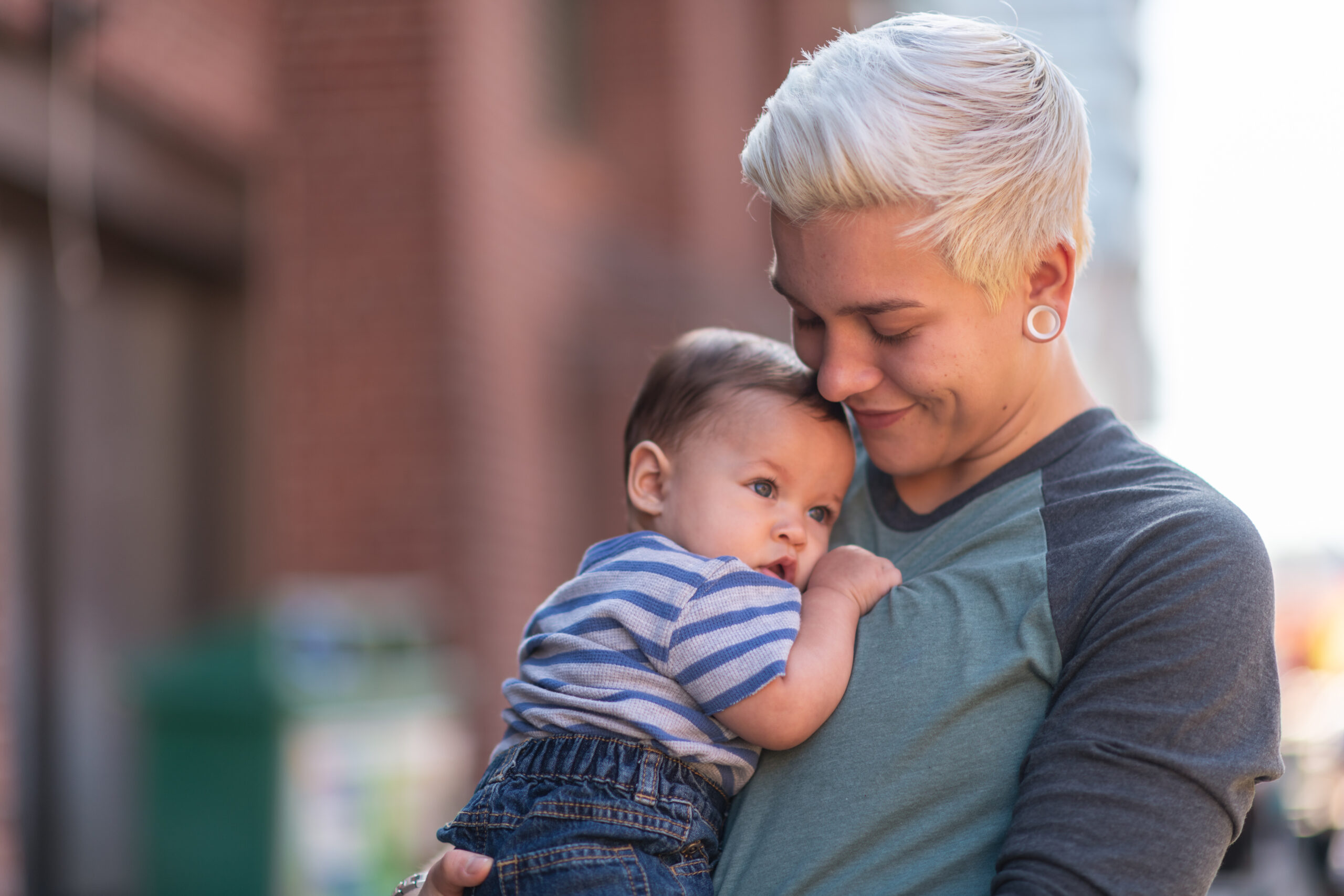
There is no official cure for endometriosis. It’s a condition that a person who has a uterus will have for their life, however that doesn’t mean it’s going to be full of pain and management. Treatment for the condition is typically focused on symptom management, but there is current research that’s ongoing trying to find alternative treatments and details that could lead to a cure.
There are several comorbidities that can come with endometriosis
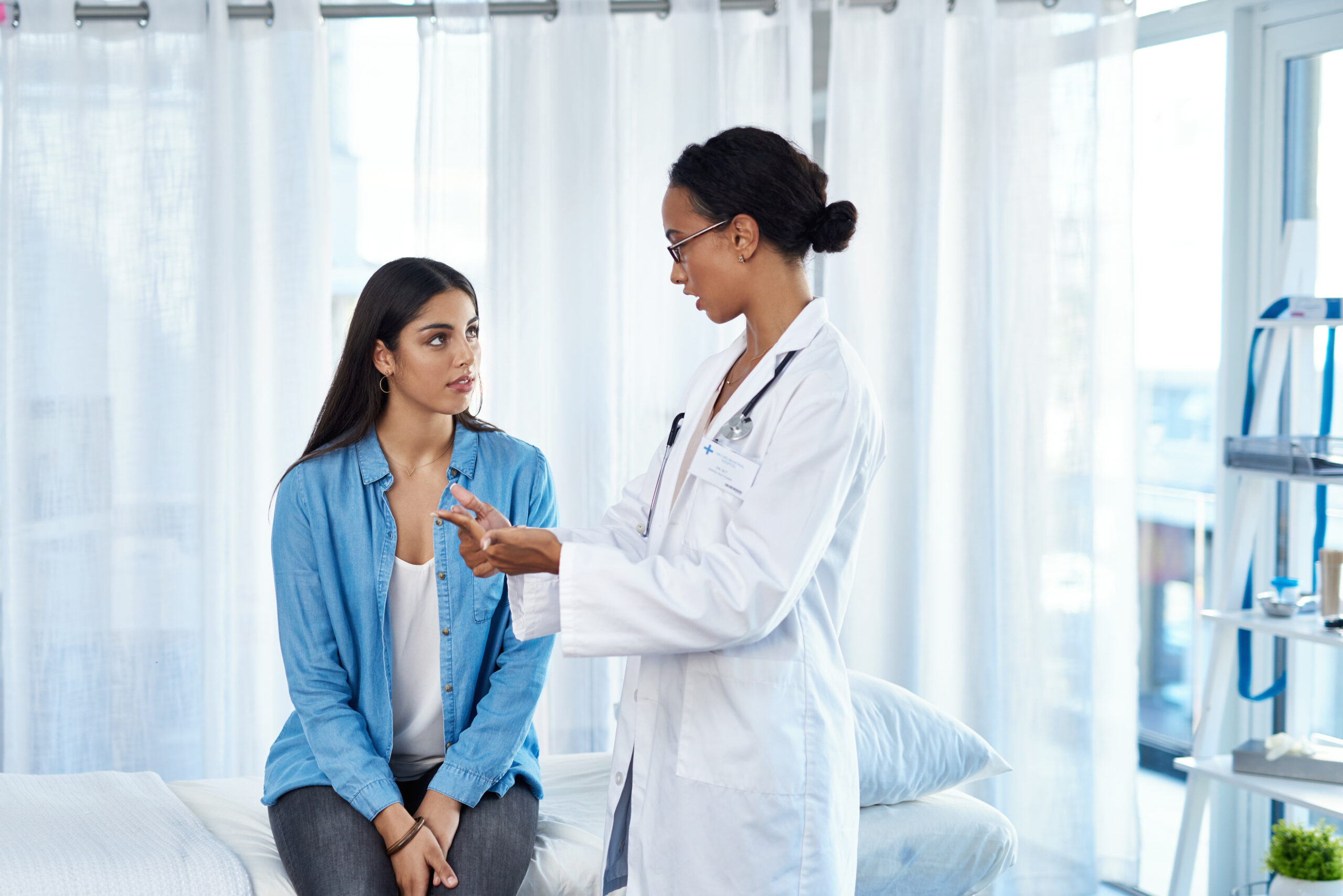
Endometriosis isn’t an autoimmune disorder, however there are some chronic diseases that could be more prevalent in someone who has endo. Nationwide studies have shown people with endometriosis might be at a higher risk of diseases including rheumatoid arthritis, chronic liver disease, diabetes, or cardiovascular disease.




